Linking Assignment
Joti Singh – Task 12:
In this task, Joti explored the balance between societal order and individual freedom, drawing parallels to “The Giver,” a text that I’ve taught in my 7th Grade class. Joti’s use of narrative and the Canva AI image generator to create, “The Harmonizer,” presents a very insightful perspective on the potential for technological control in society.
This really resonated with me because it mirrors the discussions I have with my students about the underlying dystopian aspects of utopian societies. It also connects to my ongoing interest in how technology impacts freedom, a topic I’ve explored in my own work and that I wrote about in my creative writing for this course. Her narrative not only matches my teaching approach but also challenges me to think more critically about the role of technology in shaping societal norms.
Julia C. – Task 7:
Julia’s redesign of the “What’s in My Bag” task using Genially is an excellent example of how multiliteracies can be used to enhance a learning experience. By incorporating interactive elements like video reviews, social media links and audio recordings Julia created a more multifaceted way for viewers to explore her content. I was particularly interested by how Julia’s use of Genially offered such a rich, more impressive presentation compared to my own approach, where I focused solely on the audio aspect of the task. This comparison made me reconsider the possibilities of using interactive tools to cater to different learning styles, something I hadn’t fully explored in my version of the assignment but have in other courses. Julia’s work inspires me to think more creatively about how to present content in ways that can engage many senses and learning preferences.
Steve Acree – Task 8:
Steve’s thoughtful approach to selecting songs for the Golden Record album showcases a practical yet diverse selection of our world’s music. By including songs from different continents and focusing, at times, on voice-related tracks, he created a collection that not only represents various traditions but also captures the shared human experience. Steve’s focus on diversity and geography in his selection process definitely resonated with me, as it kind of mirrored my own approach. However, his idea of representing a song from every continent was something I hadn’t considered and now see as a missed opportunity in my own list (I actually looked back to see which songs I selected and if I got one from every continent!). The personal touch of including voice-related songs adds a deeper layer of “humanity” to his collection, making it a good choice for a capsule. This task also introduced me to the concept of the Golden Record, which I found to be a beautiful way to extend an invitation to other life in the universe. Steve’s work has inspired me to think more broadly about cultural representation in projects like this.
Abdulehed – Task 7:
Abdulehed’s choice to redesign the “What’s in Your Bag” task by incorporating an audio mode is a solid example of embracing multimodal learning. By converting text into AI-generated speech, he successfully captured the tone and emotion that can often be lost in written text, making the content more engaging and accessible, especially for auditory learners and those who are visually impaired. I found a strong connection between Abdulehed’s approach and my own, as both of us opted to focus on the audio aspect of this task. His work shows the power of audio in conveying emotion and creating a more inclusive learning experience. Reflecting on his redesign has deepened my appreciation for the impact that different modes of communication can have on learning, especially in making content more accessible and engaging for diverse learners.
Steph Takeda – Task 10:
Steph’s response to my Task 10 highlights the comical frustrations and challenges we both encountered during the exercise! Like me, Steph found the inefficiencies and distractions of the task to be particularly eye-opening (and annoying), revealing how easily our attention can be manipulated by design elements that seem minor at first glance. Steph’s reflections resonate with my own experience, particularly in terms of how we often rely on visual cues and click without much thought. This exercise served as a humbling reminder of the vulnerabilities we face in our interactions online, something that’s becoming very important in educational contexts. Her insights into the broader implications of these issues, from hacking to privacy breaches, shows the need for greater awareness and caution in our digital lives. This exchange helped me understand the subtle and important ways that digital environments can influence our behavior and decision making.
Shannon Wong – Task 7:
Shannon’s response to my Task 7: Mode Bending, highlights the similarities in our assignments, as we both focused on using sounds to convey the objects in our bags. We also both mentioned ASMR and noted that preparing the activity in audio form took much longer than expected. Shannon’s insights into the impact of background music that I used for the audio were kind and really solidified my choice of using music in the first place. Her reflection showed the shared understanding we both have about the power of sound in demonstrating meaning. Again, her mention of how background music can alter the feel of an audio clip resonated with me, especially since I intentionally chose an upbeat track to set a certain tone. This exchange also made me think about how soundtracks in movies and TV shows can shape the viewer’s experience, much like how our choice of sounds and music shaped the experience of this task. Shannon’s mention about the time investment required for this task, particularly the need to script the audio, definitely matched my own experience and made me appreciate the careful planning that audio tasks require.





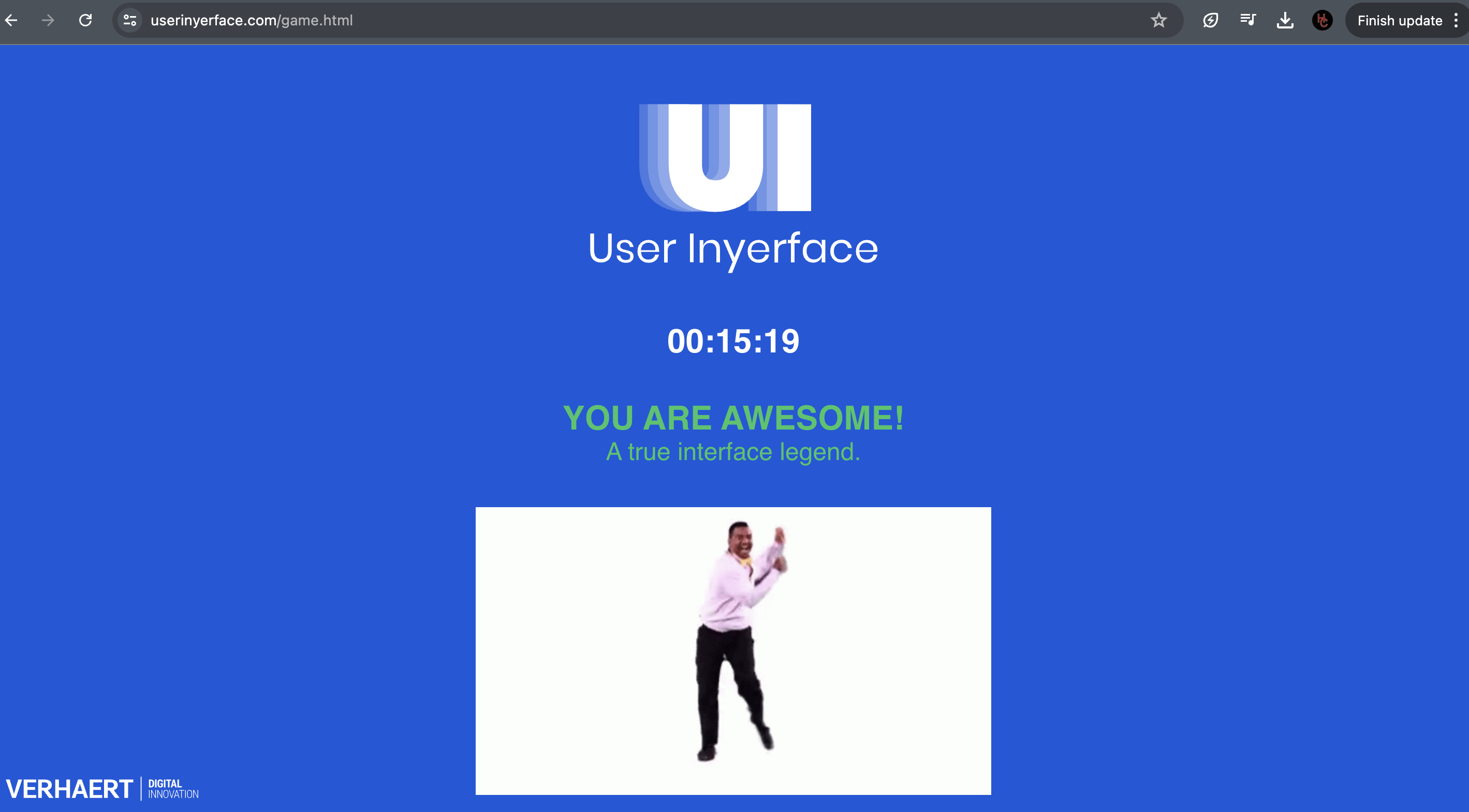
 I am not going to lie; the program was instantly intimidating. Loading the file by following the instructions was manageable but the data was immense, just take a look at the above image. However, after discovering more about the program, using Palladio turned out to be very interesting and well worth the learning curve. The app made it fairly easy to somewhat interpret the data and see different connections amongst our group. It really was like reading a new language at times because of the complexity that it came with. I found it a lot easier when clicking the different facet options based on how the program divided the students of the course. Working with the smaller groups, I tried to spread out the MET students on the perimeter of the workplace and then see how the connections happened. Spreading out the lines as much as possible made it easier for me to understand and interpret the data. I untangled every group this way and also if any student was the only person to choose a song that song would be distanced away from the rest of the data.
I am not going to lie; the program was instantly intimidating. Loading the file by following the instructions was manageable but the data was immense, just take a look at the above image. However, after discovering more about the program, using Palladio turned out to be very interesting and well worth the learning curve. The app made it fairly easy to somewhat interpret the data and see different connections amongst our group. It really was like reading a new language at times because of the complexity that it came with. I found it a lot easier when clicking the different facet options based on how the program divided the students of the course. Working with the smaller groups, I tried to spread out the MET students on the perimeter of the workplace and then see how the connections happened. Spreading out the lines as much as possible made it easier for me to understand and interpret the data. I untangled every group this way and also if any student was the only person to choose a song that song would be distanced away from the rest of the data.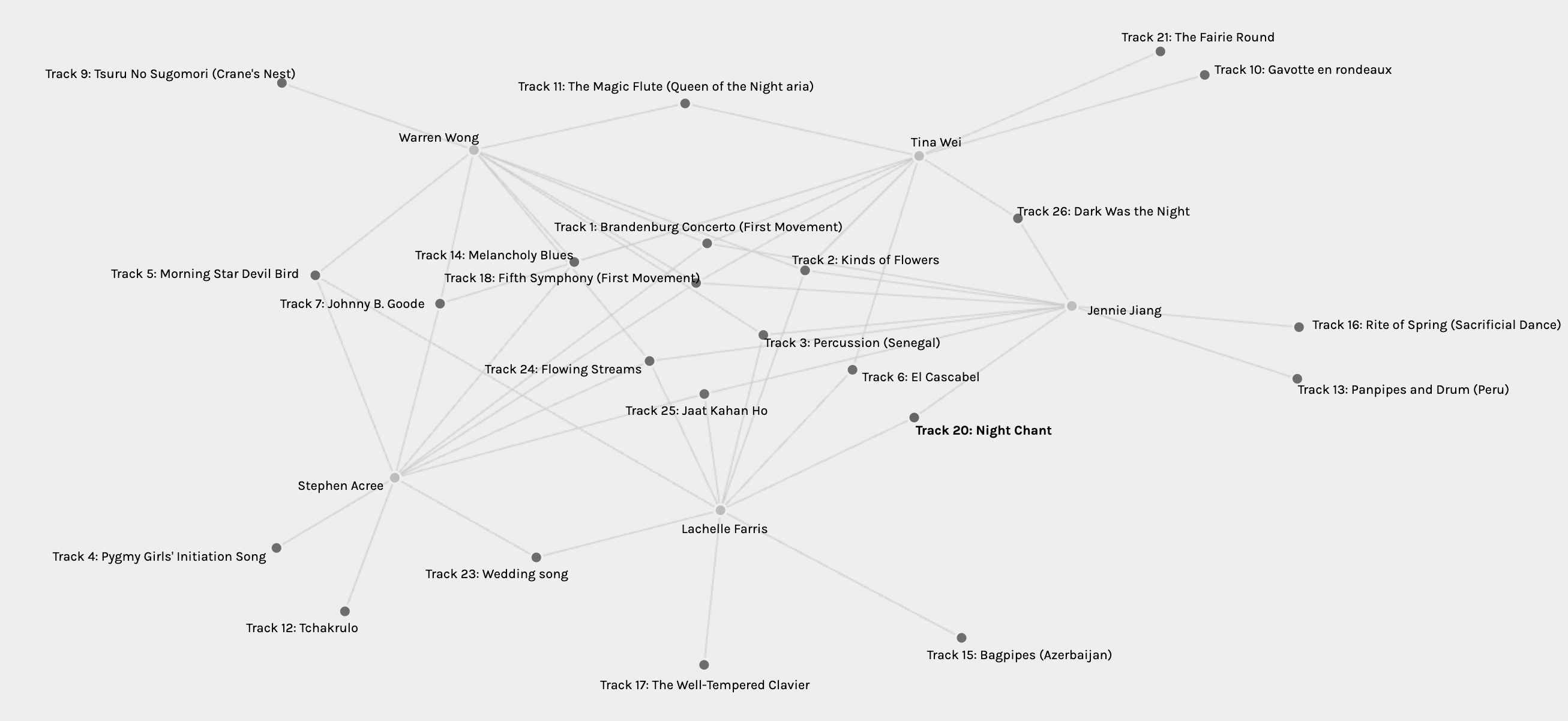
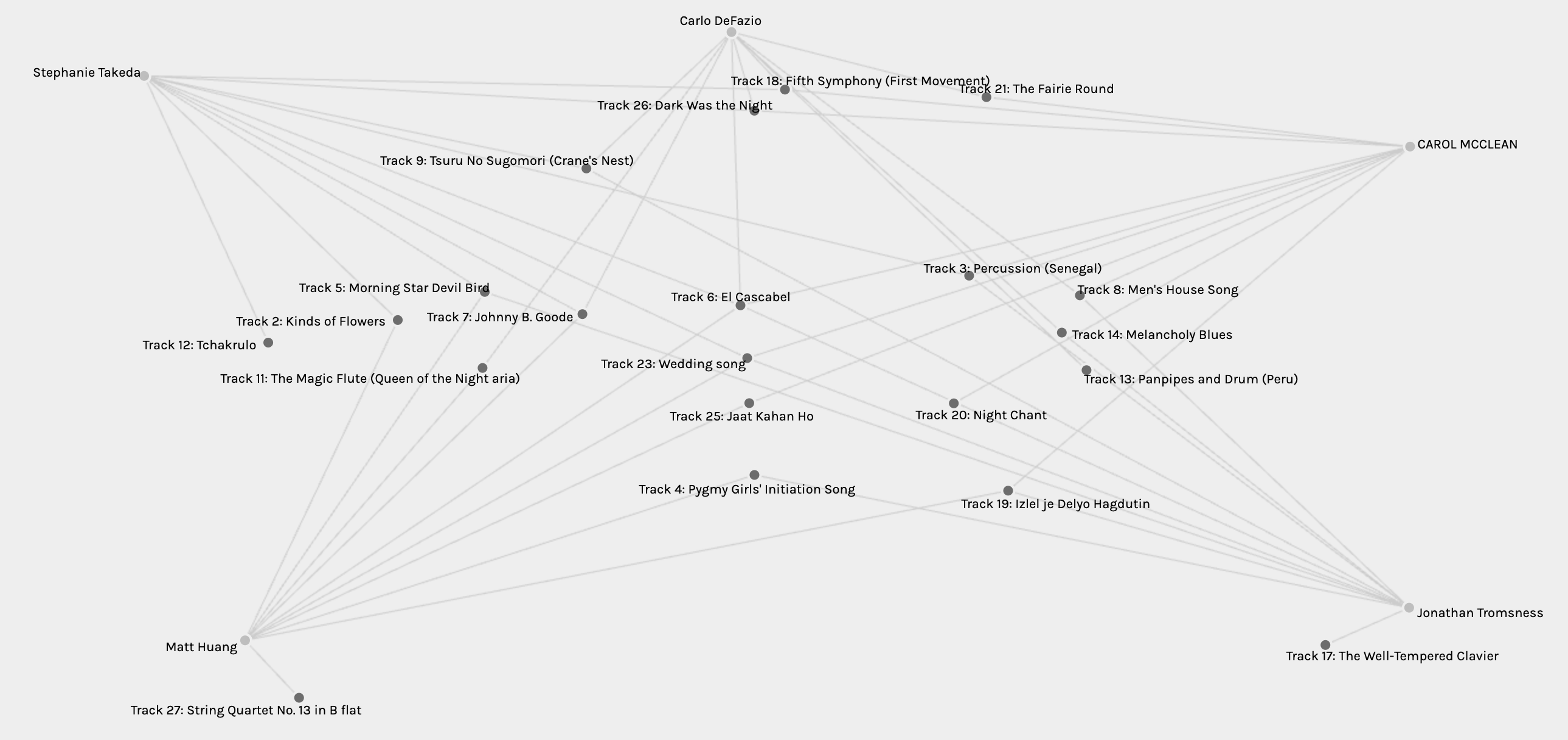 The group that I was part of was Group two, which I was typically most interested in when comparing as making assumptions related to myself is always more intriguing. Group two had one song in common which was Track 6: El Cascabel. It is such a vibrant, Mexican, feel good song that I believe definitely belonged in our playlists based on the way it makes you feel when listening to it. While three students had unique songs chosen only by themselves, I did not have a song that I only chose. Does this make me more predictable and less original? Maybe so, because when I noticed that some students did not select Johnny B Goode to be part of their selection, I was shocked (in a humourous way of course) that they would leave off such a classic. Based on how some of their songs were selected, I would infer that their choices were perhaps influenced by the cultural significance of the tracks, while my predictability perhaps landed more songs such as Johnny B Goode.
The group that I was part of was Group two, which I was typically most interested in when comparing as making assumptions related to myself is always more intriguing. Group two had one song in common which was Track 6: El Cascabel. It is such a vibrant, Mexican, feel good song that I believe definitely belonged in our playlists based on the way it makes you feel when listening to it. While three students had unique songs chosen only by themselves, I did not have a song that I only chose. Does this make me more predictable and less original? Maybe so, because when I noticed that some students did not select Johnny B Goode to be part of their selection, I was shocked (in a humourous way of course) that they would leave off such a classic. Based on how some of their songs were selected, I would infer that their choices were perhaps influenced by the cultural significance of the tracks, while my predictability perhaps landed more songs such as Johnny B Goode.
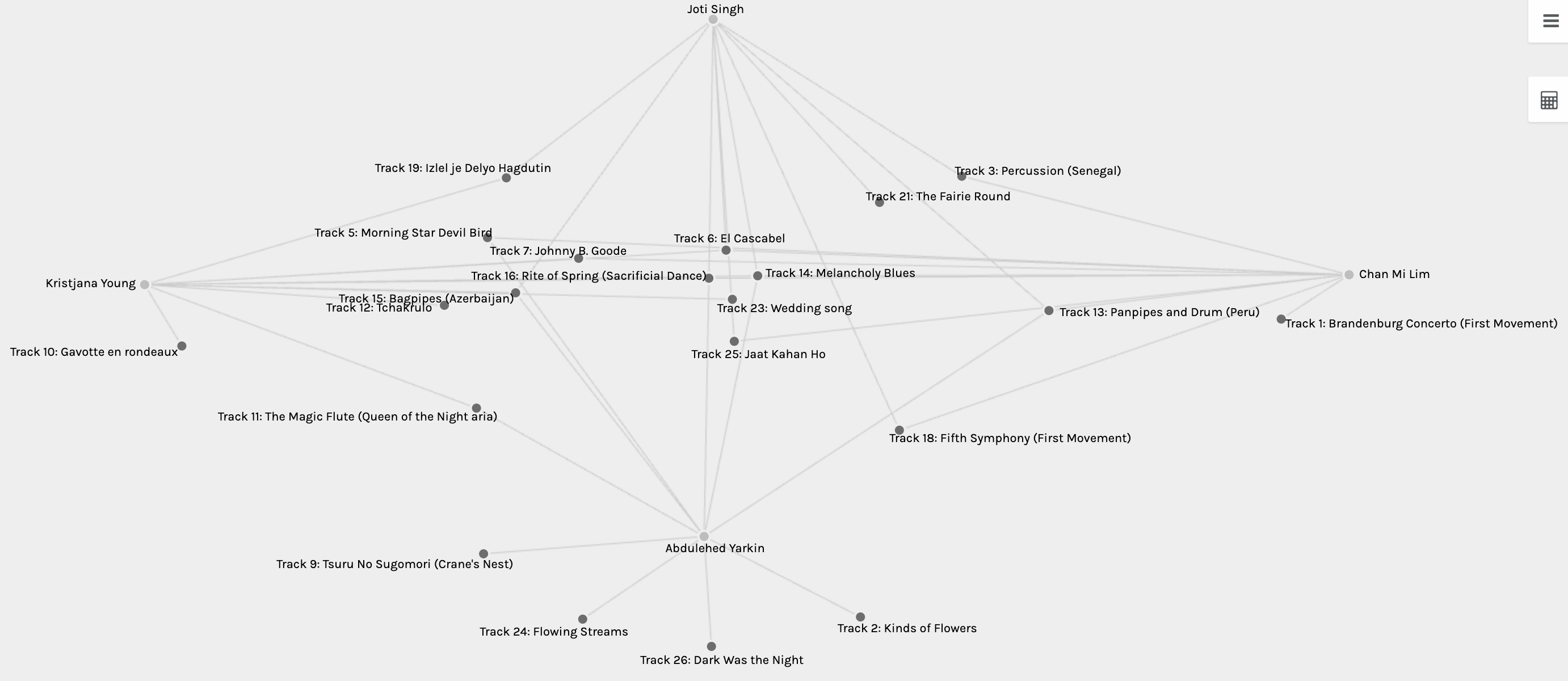

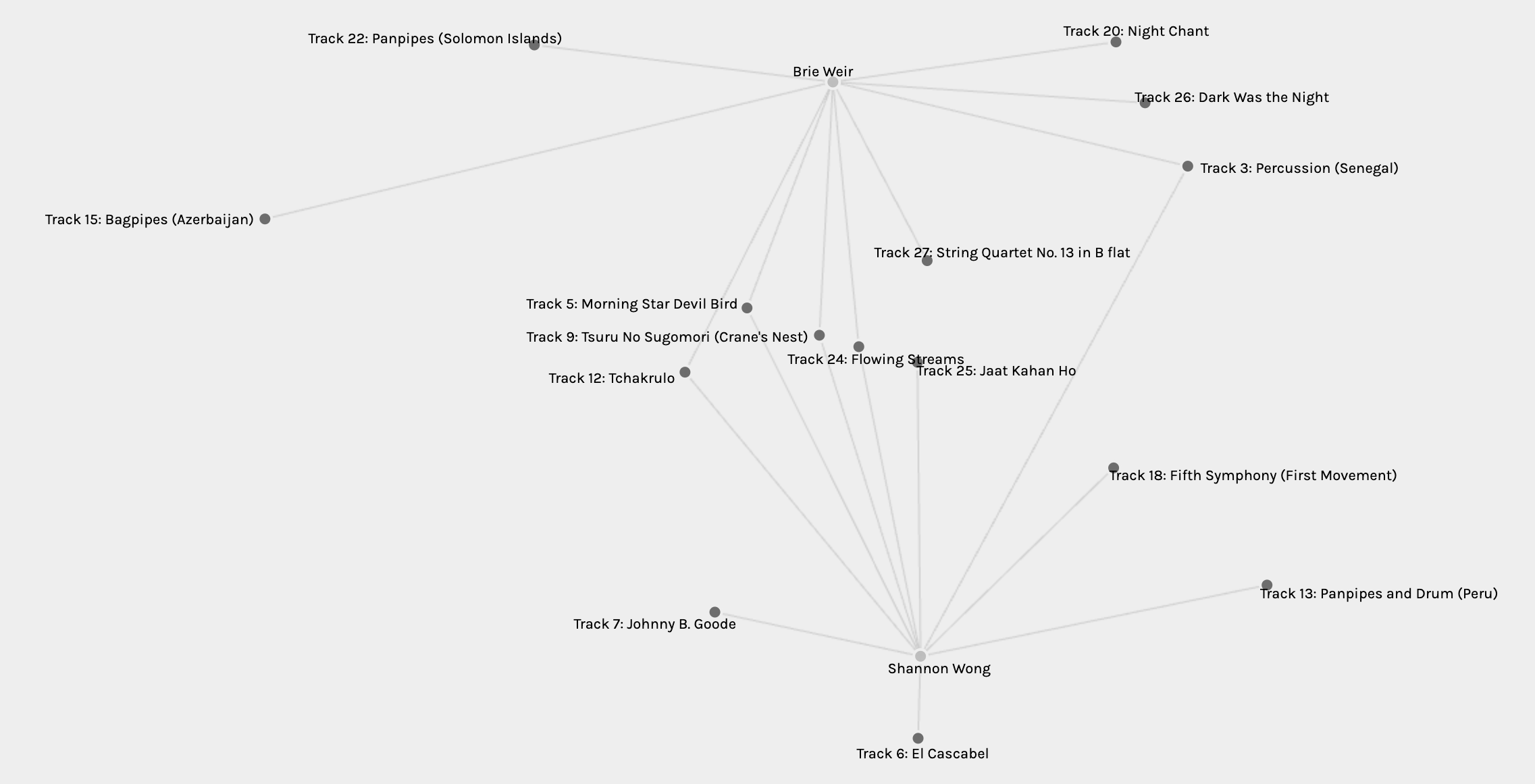
 This assignment was incredibly interesting. Discovering the existence of the Voyager Golden Records for me personally, was fascinating. The idea of sending a message from Earth out into the cosmos, intended for any potential extraterrestrial life, is both amazing and inspiring. It must have been a monumental task for Carl Sagan and the team to curate the content, meticulously selecting sounds and images that represent the diversity and essence of our planet. Reflecting on their effort, I can’t help but think about the choices they made and how I might have selected differently. If I were to choose only ten songs for the final draft, I would prioritize a broad spectrum of compositions, ensuring a wide range of representation from various cultures and musicians. This would highlight the rich artistry of human creativity and our peaceful intentions for whoever discovers the capsule. While I wouldn’t want to intimidate any extraterrestrial being, I would also love to demonstrate some of our powerful pieces in which shows our strength and the passion of a human being. The Voyager Golden Records stand as a testament to our desire to connect and share our story with the universe, symbolizing hope and curiosity. Definitely one of the assignments that I won’t forget.
This assignment was incredibly interesting. Discovering the existence of the Voyager Golden Records for me personally, was fascinating. The idea of sending a message from Earth out into the cosmos, intended for any potential extraterrestrial life, is both amazing and inspiring. It must have been a monumental task for Carl Sagan and the team to curate the content, meticulously selecting sounds and images that represent the diversity and essence of our planet. Reflecting on their effort, I can’t help but think about the choices they made and how I might have selected differently. If I were to choose only ten songs for the final draft, I would prioritize a broad spectrum of compositions, ensuring a wide range of representation from various cultures and musicians. This would highlight the rich artistry of human creativity and our peaceful intentions for whoever discovers the capsule. While I wouldn’t want to intimidate any extraterrestrial being, I would also love to demonstrate some of our powerful pieces in which shows our strength and the passion of a human being. The Voyager Golden Records stand as a testament to our desire to connect and share our story with the universe, symbolizing hope and curiosity. Definitely one of the assignments that I won’t forget. 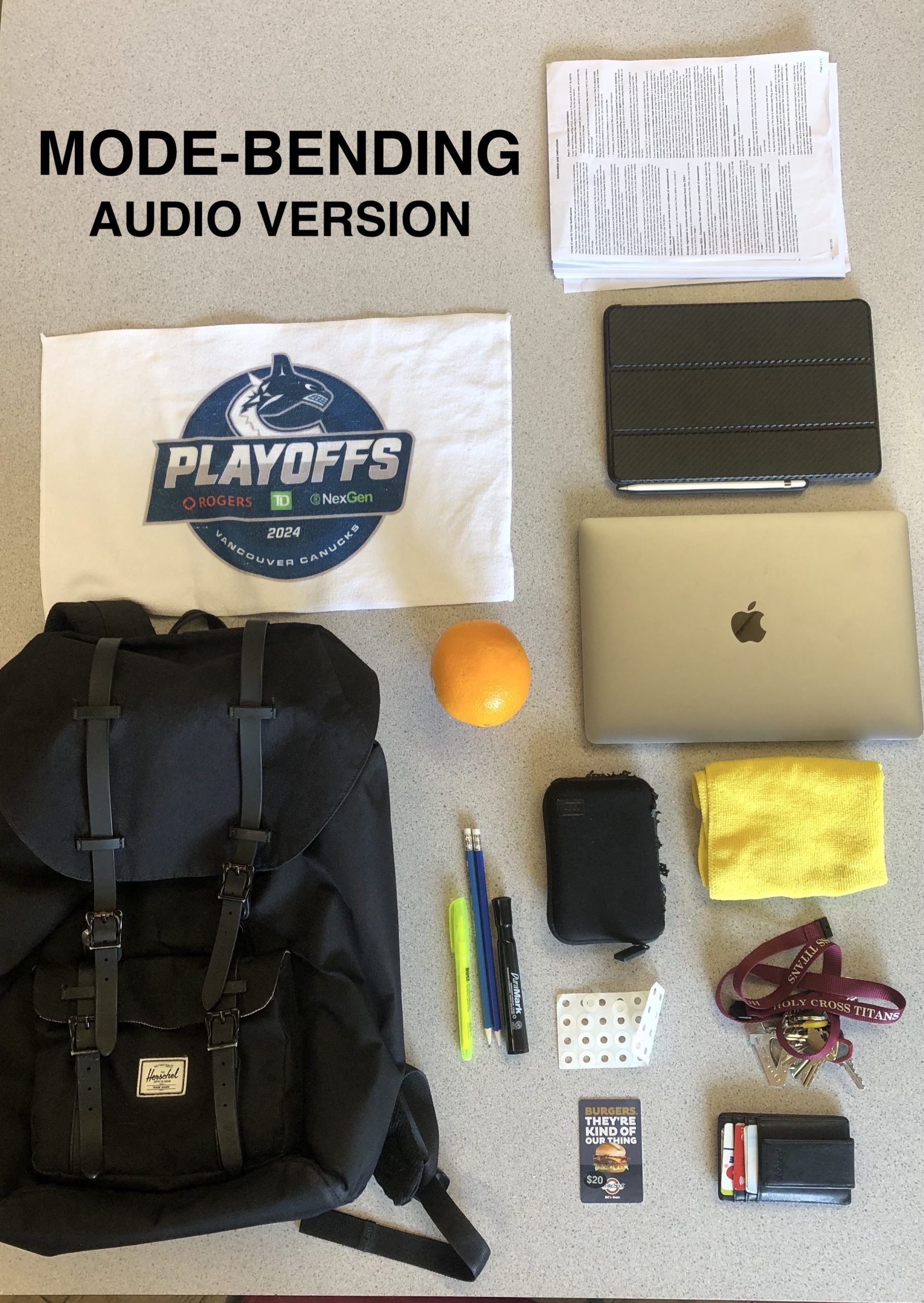


 I usually prefer writing by hand over typing. Although typing can lead me to faster writing, easier editing and quick access to digital tools like spell check or a thesaurus, writing by hand can feel more personal and connected, which was especially meaningful for a variety of reasons. Writing out a lesson plan, a birthday card, a letter or an entry in a journal, writing by hand seems much more personal and unique than clicking away at a keyboard. For some reason, I have always enjoyed my printing and I especially enjoy writing with a lead pencil. Something about the lead scraping the grain of the paper really resonates with me and I’ve never thought about it so much until now. While I found the task definitely enjoyable, it was time-consuming and required more focus compared to if I typed this out.
I usually prefer writing by hand over typing. Although typing can lead me to faster writing, easier editing and quick access to digital tools like spell check or a thesaurus, writing by hand can feel more personal and connected, which was especially meaningful for a variety of reasons. Writing out a lesson plan, a birthday card, a letter or an entry in a journal, writing by hand seems much more personal and unique than clicking away at a keyboard. For some reason, I have always enjoyed my printing and I especially enjoy writing with a lead pencil. Something about the lead scraping the grain of the paper really resonates with me and I’ve never thought about it so much until now. While I found the task definitely enjoyable, it was time-consuming and required more focus compared to if I typed this out.